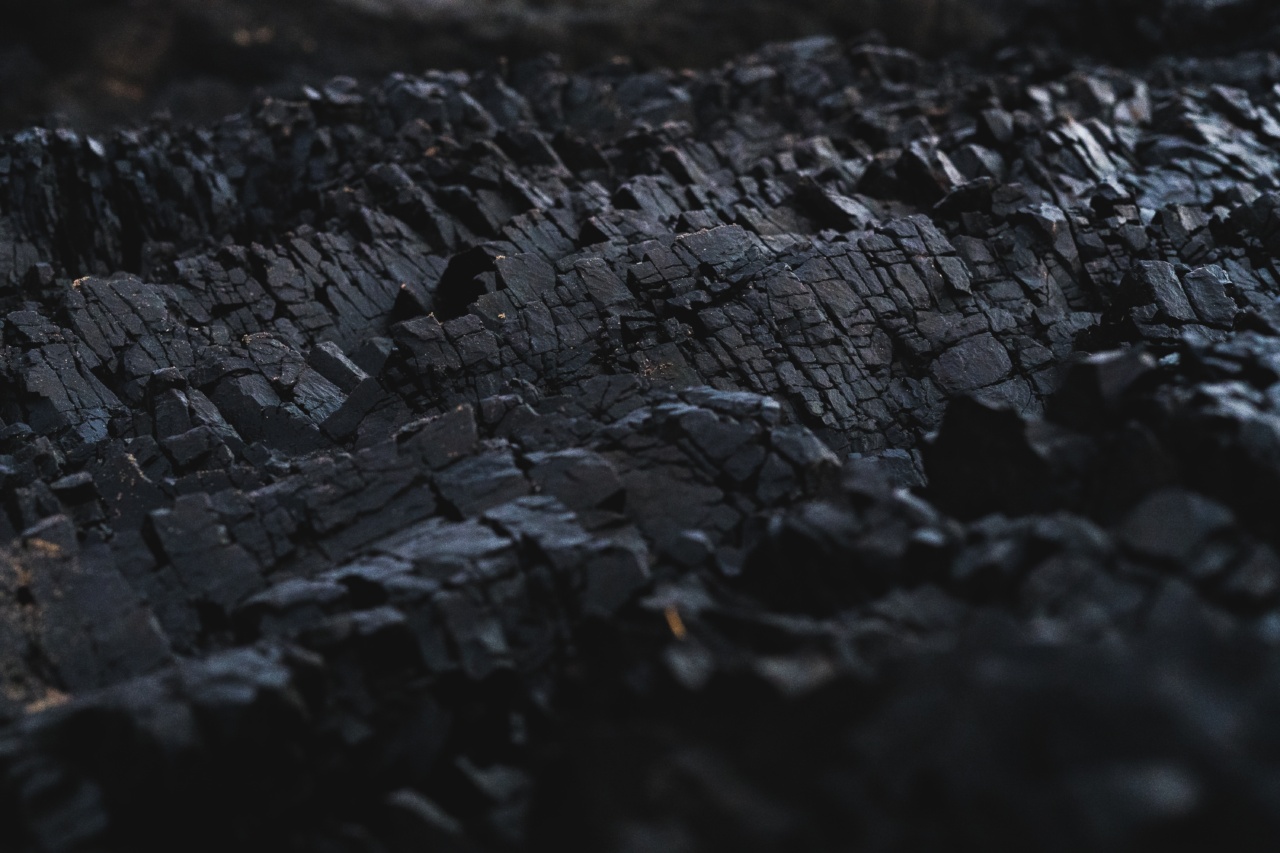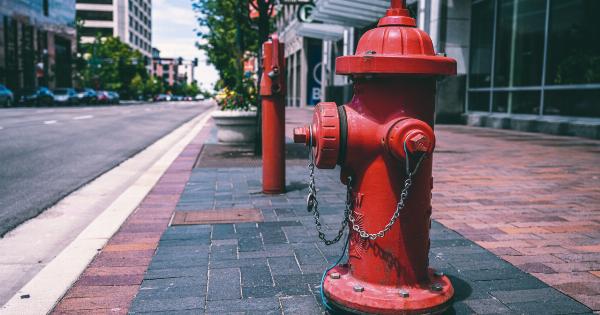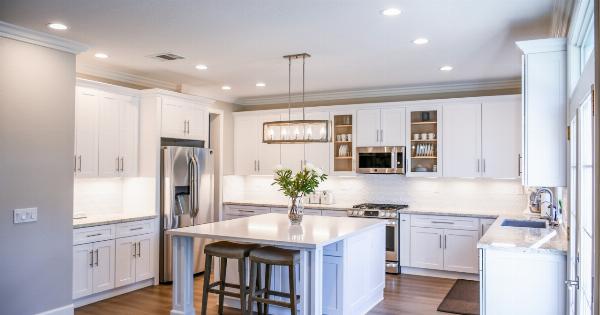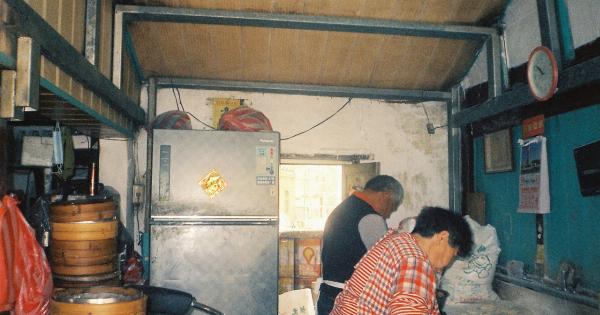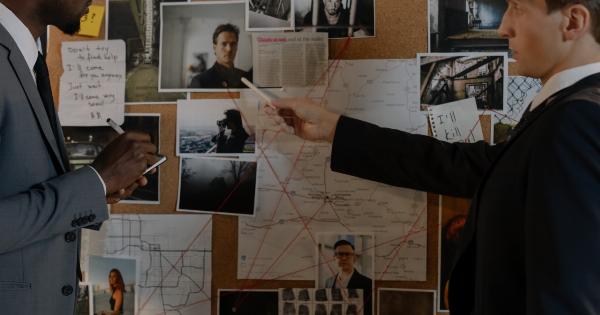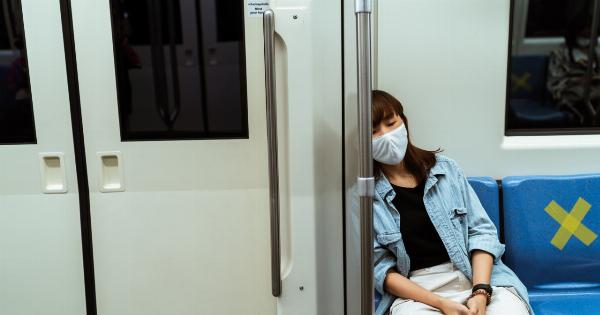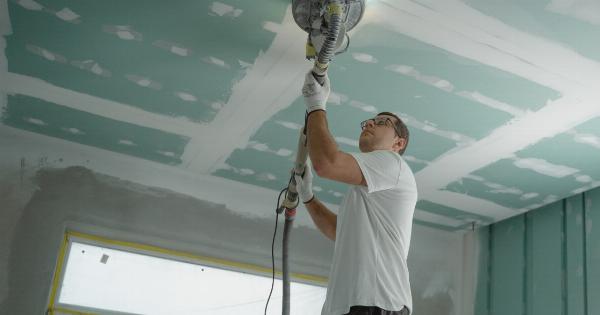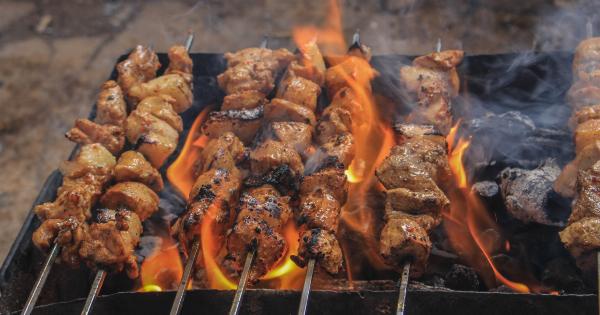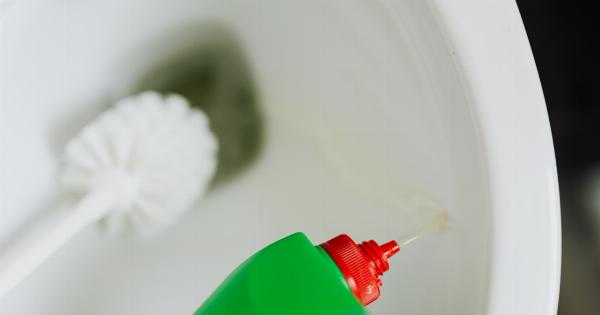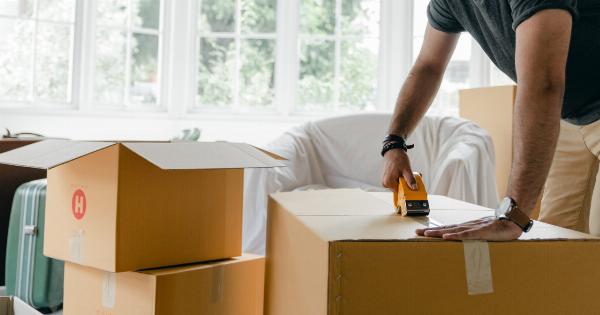Carbon monoxide (CO) is a gas that is produced when fuels such as gasoline, coal, propane, natural gas, and wood are burned. CO is colorless, odorless, and tasteless that makes it undetectable by human senses or alarms.
It is also dangerous as it can cause carbon monoxide poisoning, which is a life-threatening condition that requires immediate medical attention.
What are the Symptoms of Carbon Monoxide Poisoning?
Carbon monoxide poisoning symptoms can be tricky because they are similar to the flu or other common illnesses. In many cases, people can mistake carbon monoxide poisoning for a simple headache or fatigue.
: The following are the symptoms that people with carbon monoxide poisoning may experience
1. Headaches
Headaches are the most common symptom of carbon monoxide poisoning. A dull headache that does not go away even after taking medications can be a sign of CO poisoning. It may also worsen over time.
2. Dizziness and Confusion
Dizziness, confusion, and disorientation are also common symptoms of carbon monoxide poisoning. You may feel dizzy or lightheaded, or have trouble concentrating even with simple tasks.
3. Nausea and Vomiting
Nausea, vomiting, or stomach upset are also reported by people with CO poisoning. These symptoms are often mistaken for stomach flu or food poisoning.
4. Shortness of Breath
If you have shortness of breath, wheezing, or chest tightness, it may be a sign of carbon monoxide poisoning. It can occur even without physical exertion and can also worsen over time.
5. Weakness and Fatigue
Feeling weak, fatigued, or sluggish are also common symptoms of carbon monoxide poisoning. A lack of energy can be pervasive and can interfere with normal daily activities.
6. Chest Pain
In more severe cases, people may develop chest pain, palpitations, and rapid heart rate due to decreased oxygen in the blood.
7. Loss of Consciousness
In extreme cases, when carbon monoxide concentrations are high, people may lose consciousness, and in some cases, may be fatal if not treated urgently.
How to Prevent Carbon Monoxide Poisoning?
Carbon monoxide poisoning can be avoided by taking proper precautions and being aware of the risks. Below are some tips on how to prevent carbon monoxide poisoning:.
1. Install Carbon Monoxide Detectors
Install carbon monoxide detectors in bedrooms and common areas of your house to alert you to the presence of the gas. Be sure to check them regularly to ensure they are properly functioning.
2. Maintain Fuel-Burning Appliances
Keep fuel-burning appliances such as gas stoves, water heaters, and furnaces maintained by a qualified professional regularly.
3. Proper Ventilation
Ensure proper ventilation of your home, especially in poorly ventilated areas where fuel-burning appliances are located. Keep windows open when using fireplaces or wood stoves.
4. Do Not Use Unvented Fuel-Burning Devices Indoors
Do not use unvented fuel-burning devices indoors, such as charcoal grills or generators. These can release deadly amounts of CO in enclosed spaces.
5. Avoid Running Cars in Enclosed Spaces
Do not start a car or other motorized device in a closed garage or other enclosed space.
6. Educate Yourself and Your Family
Inform yourself and your family about the risks of carbon monoxide poisoning, its symptoms, and how to prevent it. Be aware of potential environmental causes such as fires or natural disasters that can increase the risk of exposure.
Conclusion
Carbon monoxide poisoning is a serious health risk that requires prompt medical attention. Being aware of the symptoms, risk factors, and preventative measures can help keep you and your family safe.
Always act quickly if you suspect carbon monoxide poisoning, and call for emergency assistance right away.
